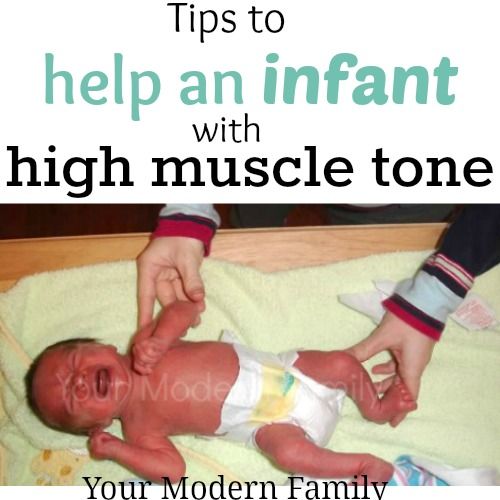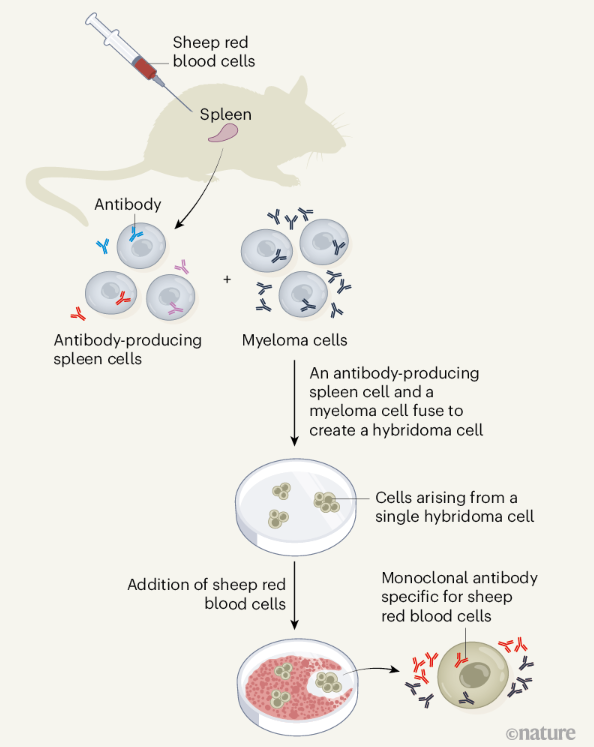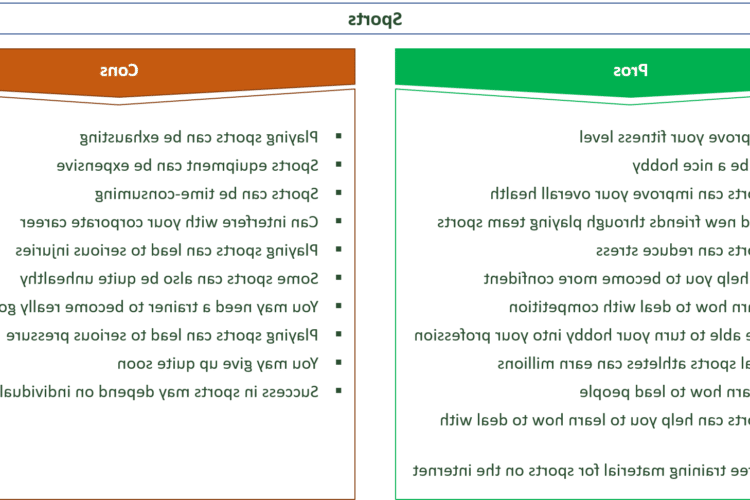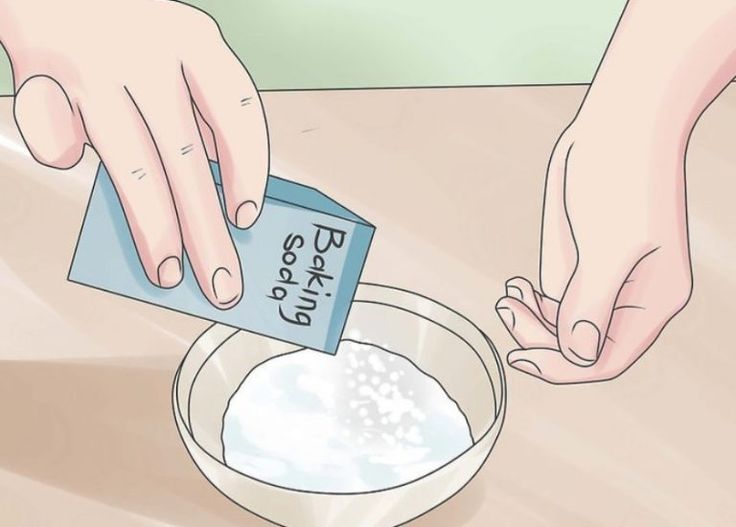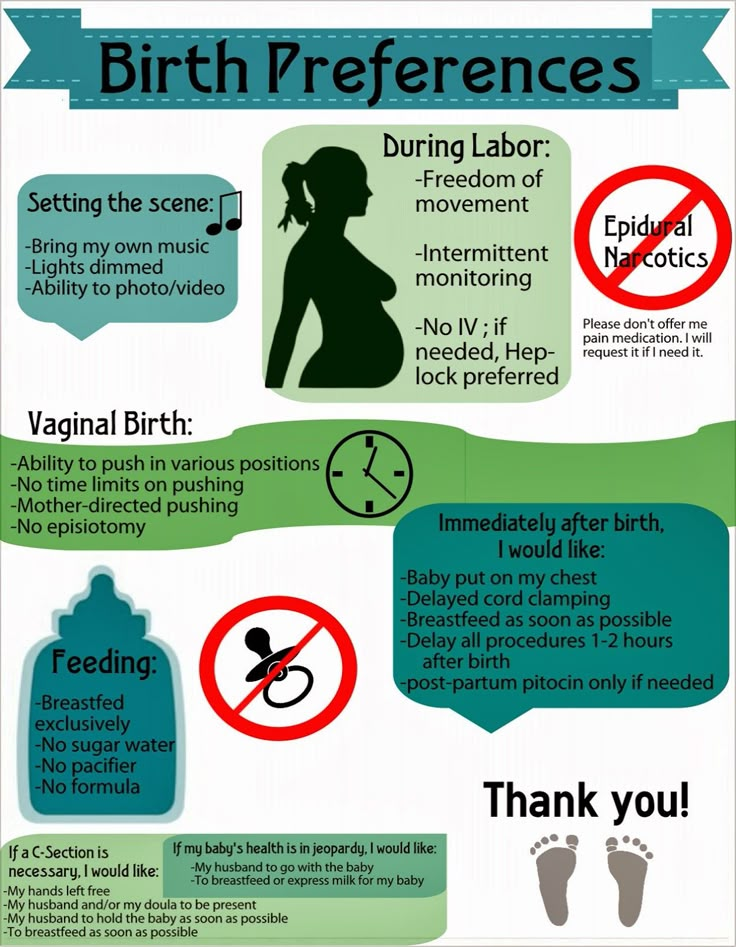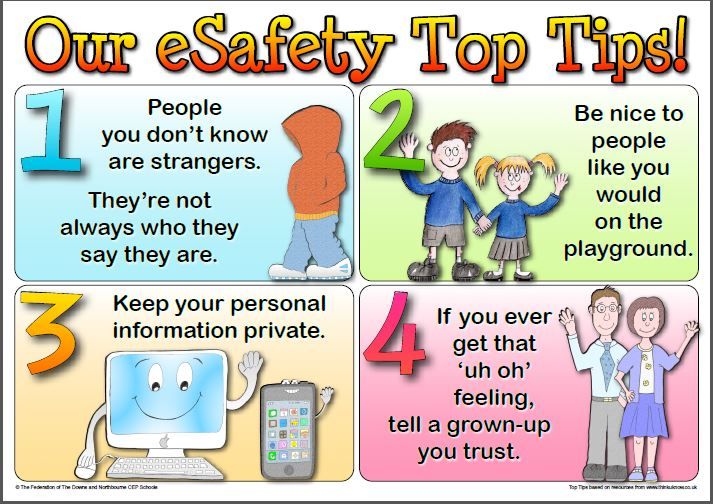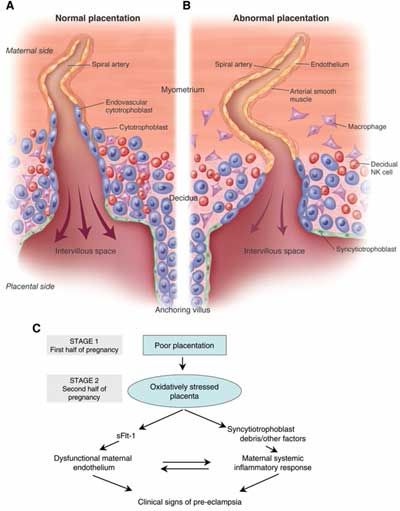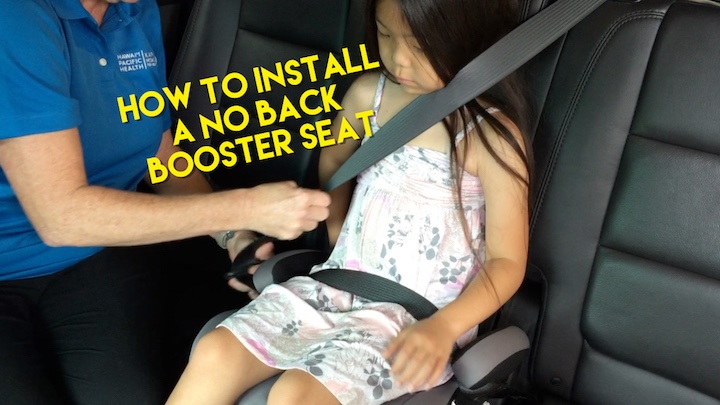Infants at 1 month
Your baby's growth and development - 1 month old
beginning of content5-minute read
Listen
Infant development begins at birth. Initially your baby will grow fast and learn a lot. At 1 month, cuddling, sleeping and feeding are all that really matters to your baby. The time you spend with them will help their brain to grow and develop as they start to experience the world.
Your baby will probably be crying a lot at the moment. It’s often because they’re hungry or have a dirty nappy, but often babies just cry for no apparent reason. Give them lots of cuddles to comfort them and remember that the crying will eventually pass.
At 6 to 8 weeks, your baby needs a full health review by a health professional such as child and family health nurse, midwife, GP or paediatrician.
Your 1-month-old
All babies grow at different rates. But, on average, at 1 month they gain between 0.7 to 0.9 kg each month and grow 2.5 to 4 cm. Their head circumference will increase by about 1.25 cm each month.
All babies lose weight right after they are born. Healthy babies usually get back to their birth weight in about 2 to 3 weeks and will then continue to grow.
Your baby was weighed at birth and your doctor or maternal child health nurse will plot their growth regularly on a growth chart. Babies come in all different shapes and sizes, and your baby might be large or small. What matters is that they grow consistently over time. Try not to compare your baby’s weight gain with that of other babies.
Understanding baby growth charts
A growth chart helps you and your doctor keep track of how your baby is growing.
What can your baby do?
At 1 month, most of what babies do is still caused by reflexes. They aren’t thinking about their actions.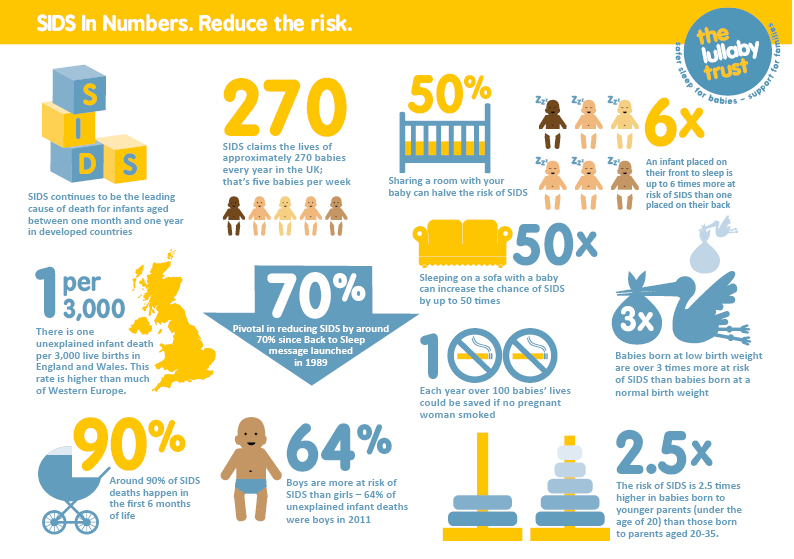 They will be sucking, swallowing, searching for milk and grasping an object if you put it in the palm of their hand (although most of the time they’ll keep their hands clenched in tight little fists). They will also step one foot in front of the other if you put their feet on a flat surface.
They will be sucking, swallowing, searching for milk and grasping an object if you put it in the palm of their hand (although most of the time they’ll keep their hands clenched in tight little fists). They will also step one foot in front of the other if you put their feet on a flat surface.
They will start to focus with both eyes at 1 month and should be able to follow a moving object from side to side. They will probably prefer looking at a human face to looking at an object and will gaze deeply into your eyes if you hold them about 45 cm away. Most babies can recognise their parents by this age.
1-month-old babies love the sound of your voice, but they will get startled if they hear a loud noise. They might fall backward and throw their arms and legs out, blink their eyes and breathe faster.
By the end of the first month, most babies can raise their head when you lay them on their stomach, and they will turn their head to one side. As their neck muscles get stronger, they will be able to turn their head and lift it up when they’re in a car seat or carrier.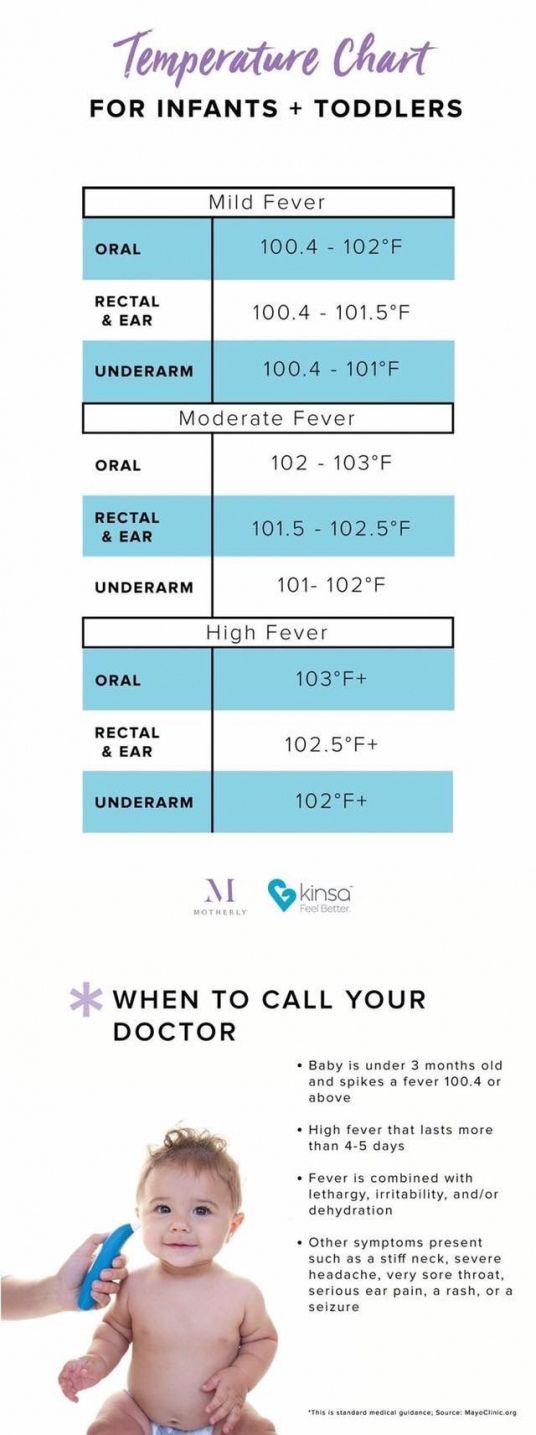
Your baby will cry loudly when they are hungry or uncomfortable. When they are happy and content, they usually make little gurgling noises. Respond to your baby’s sounds by gurgling and cooing back.
At 1 month, some babies will be learning how to soothe themselves, with a dummy or even by sucking their fingers or thumbs. Helping your baby to suck is a good way to calm them down.
How can I help my baby develop?
Spend as much time with your baby as possible. Looking deep into their eyes and smiling at them will help them to bond and to feel safe and secure.
Read and sing to your baby. Even though they can’t understand, they will enjoy hearing your voice. Music helps to stimulate their senses and will keep them amused. Playing with them will also strengthen your bond.
Help your baby to develop neck strength by putting them on their tummy for 1 to 5 minutes at a time. This is called tummy time. Always keep an eye on your baby during tummy time and always put them to sleep on their back.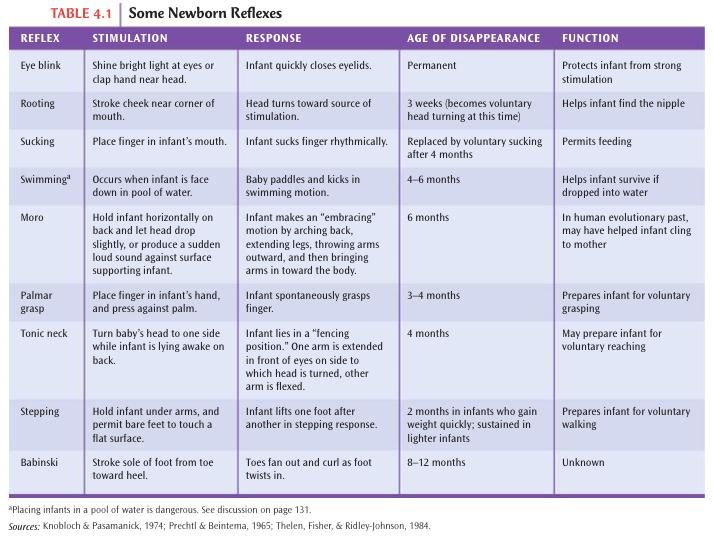
Development problem signs
Babies develop at different rates. At 1 month, you will still be learning about your baby and their needs. But talk to your doctor or maternal child health nurse if:
- they aren’t feeding well
- they are regularly sleeping a lot more than 16 hours a day
- they aren’t moving their arms or legs
- they aren’t following your face with their eyes or responding when they see you
- they aren’t making gurgling sounds
- they don’t startle or seem not be hearing things
- you are worried about your baby’s crying or sleeping
Where can I go for help?
If you are worried or would like to discuss any issues with your baby’s development, speak to your doctor or child health nurse.
Speak to a maternal child health nurse
Call Pregnancy, Birth and Baby to speak to a maternal child health nurse on 1800 882 436 or video call. Available 7am to midnight (AET), 7 days a week.
Available 7am to midnight (AET), 7 days a week.
Sources:
Raising Children Network (0-1 month: newborn development), Kids Health (Your baby’s growth – 1 month), Victoria Government (Baby development stages), Australian Children's Education and Care Quality Authority (Developmental milestones and the Early Years Learning Framework and the National Quality Standards)Learn more here about the development and quality assurance of healthdirect content.
Last reviewed: October 2020
Back To Top
Related pages
- Bonding with your baby
- How your baby learns - birth to 3 years
- Your baby’s growth and development – first 12 months
- Understanding baby growth charts
This information is for your general information and use only and is not intended to be used as medical advice and should not be used to diagnose, treat, cure or prevent any medical condition, nor should it be used for therapeutic purposes.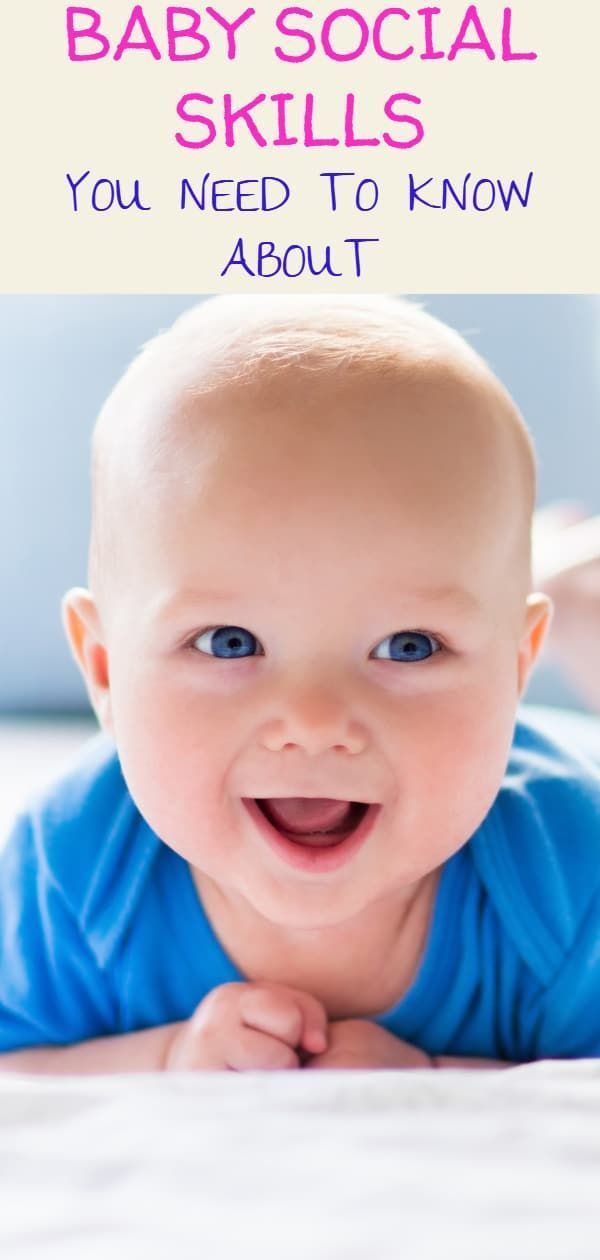
The information is not a substitute for independent professional advice and should not be used as an alternative to professional health care. If you have a particular medical problem, please consult a healthcare professional.
Except as permitted under the Copyright Act 1968, this publication or any part of it may not be reproduced, altered, adapted, stored and/or distributed in any form or by any means without the prior written permission of Healthdirect Australia.
Support this browser is being discontinued for Pregnancy, Birth and Baby
Support for this browser is being discontinued for this site
- Internet Explorer 11 and lower
We currently support Microsoft Edge, Chrome, Firefox and Safari. For more information, please visit the links below:
- Chrome by Google
- Firefox by Mozilla
- Microsoft Edge
- Safari by Apple
You are welcome to continue browsing this site with this browser.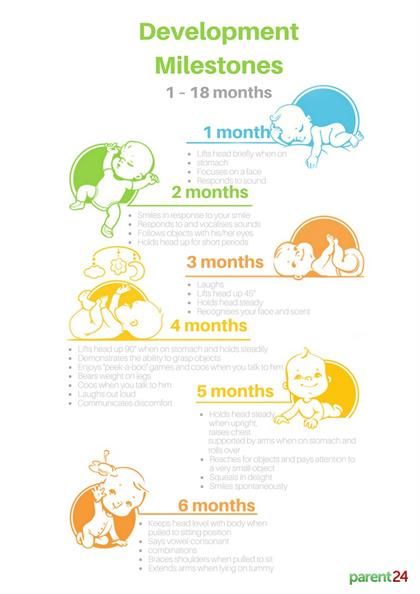 Some features, tools or interaction may not work correctly.
Some features, tools or interaction may not work correctly.
Developmental Milestones: 1 Month - HealthyChildren.org
Log in | Register
Ages & Stages
Ages & Stages
Listen
Español
Text Size
What are some of the developmental milestones my child should reach by one month of age?
In the very beginning, it may seem that your baby does nothing but eat, sleep, cry, and fill his diapers. By the end of the first month, he’ll be much more alert and responsive. Gradually he’ll begin moving his body more smoothly and with much greater coordination—especially in getting his hand to his mouth. You’ll realize that he listens when you speak, watches you as you hold him, and occasionally moves his own body to respond to you or attract your attention.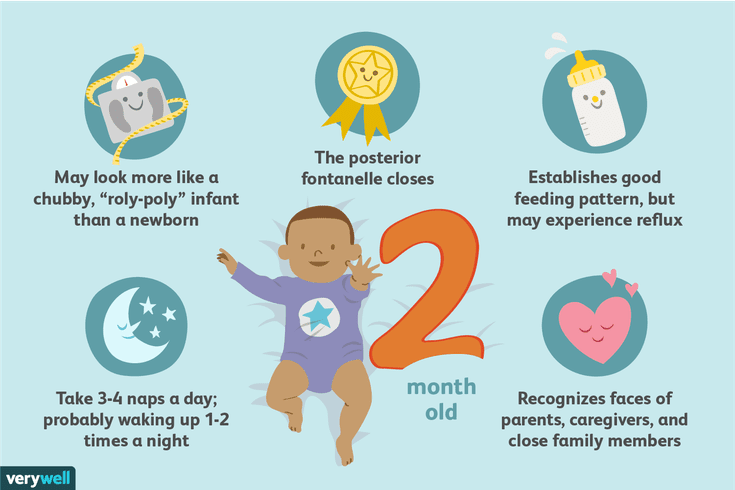
Here are some other milestones to look for.
Movement Milestones
- Makes jerky, quivering arm thrusts
- Brings hands within range of eyes and mouth
- Moves head from side to side while lying on stomach
- Head flops backward if unsupported
- Keeps hands in tight fists
- Strong reflex movements
Visual and Hearing Milestones
- Focuses 8 to 12 inches (20.3 to 30.4 cm) away
- Eyes wander and occasionally cross
- Prefers black-and-white or high-contrast patterns
- Prefers the human face to all other patterns
- Hearing is fully mature
- Recognizes some sounds
- May turn toward familiar sounds and voices
Smell and Touch Milestones
- Prefers sweet smells
- Avoids bitter or acidic smells
- Recognizes the scent of his own mother’s breastmilk
- Prefers soft to coarse sensations
- Dislikes rough or abrupt handling
Developmental Health Watch
If, during the second, third, or fourth weeks of your baby’s life, she shows any of the following signs of developmental delay, notify your pediatrician.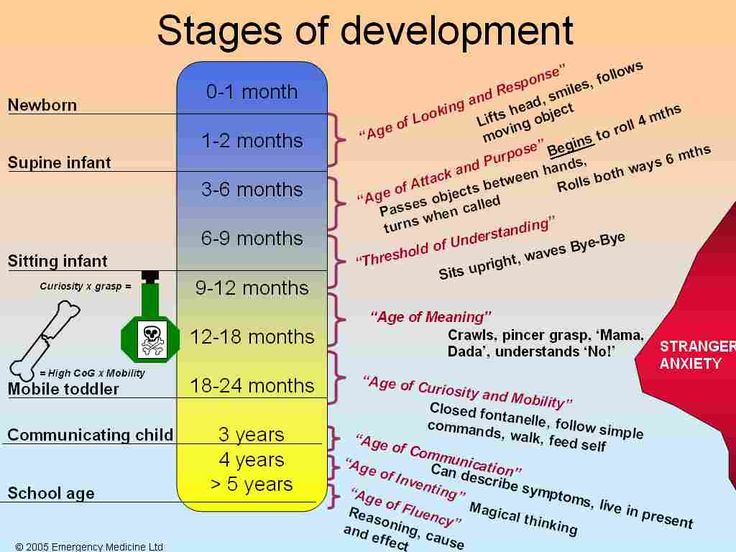
- Sucks poorly and feeds slowly
- Doesn’t blink when shown a bright light
- Doesn’t focus and follow a nearby object moving side to side
- Rarely moves arms and legs; seems stiff
- Seems excessively loose in the limbs, or floppy
- Lower jaw trembles constantly, even when not crying or excited
- Doesn’t respond to loud sounds
- Last Updated
- 6/1/2009
- Source
- Caring for Your Baby and Young Child: Birth to Age 5 (Copyright © 2009 American Academy of Pediatrics)
The information contained on this Web site should not be used as a substitute for the medical care and advice of your pediatrician. There may be variations in treatment that your pediatrician may recommend based on individual facts and circumstances.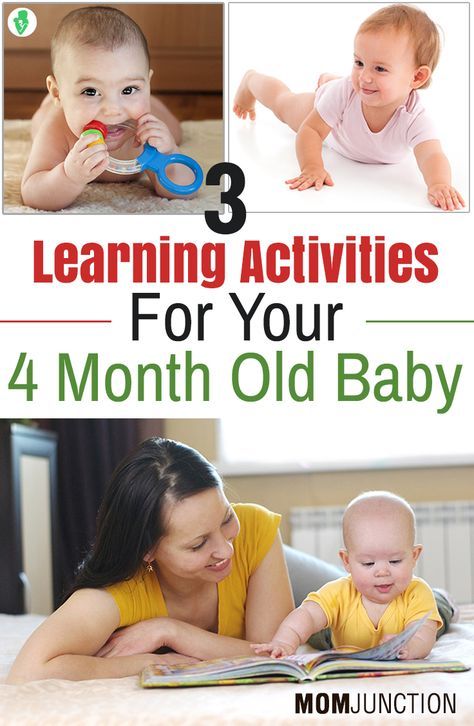
Baby 1 month: development
In the first months of life, the baby has yet to adapt to his new environment. Especially between sleep and wakefulness, he has to find his rhythm. The development of the child in the first month is characterized by the appearance of reflex abilities.
Dry initial milk formula adapted by Valio Baby 1 NutriValio for feeding children from birth to 6 months More
Dry milk drink "Baby milk" Valio Baby 3 NutriValio for feeding children over 12 months Read more
Follow-up dry milk formula adapted by Valio Baby 2 NutriValio for feeding children from 6 to 12 months Read more
What a 1-month-old baby can do
Physical development in 1 month of life is manifested by reflex features that help the newborn to adapt to the outside world.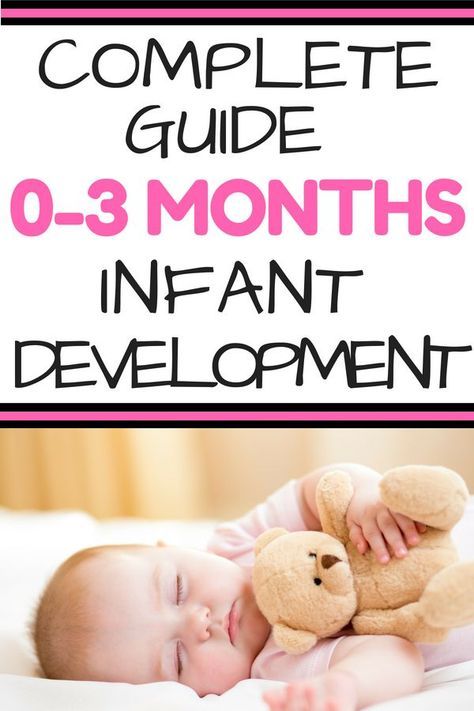 Some reflexes are innate, they can disappear or transform, reaching a new level of consciousness.
Some reflexes are innate, they can disappear or transform, reaching a new level of consciousness.
In the first month of life, the following reflex abilities are distinguished in a newborn:
- Grasping. They belong to primitive reflexes: the child tries to grab and hold any objects that touch his palm. The reflex appears already in the womb at the 16th week of pregnancy and persists until five or six months after birth.
- Search or Kussmaul reflex. The child turns his head when his cheek is touched, opens his mouth with light pressure on the middle of the lower lip. This reflex is considered as an instinctive search for food.
- Foot reflex (plantar). When you touch or hold a finger (pencil) on the foot of the baby, his fingers diverge to the sides, and the foot is also abducted.
- Moro reflex. An important indicator of the normal and developing nervous system in your baby. This is a reflex reaction of babies to fright, which is characterized by stretching the arms to the sides, and then bringing them closer together.
 You can check the reaction as follows: suddenly straighten the legs of the baby lying on his back or lift the unbent legs of the crumbs up along with the pelvis. Clap your hands sharply next to the lying child.
You can check the reaction as follows: suddenly straighten the legs of the baby lying on his back or lift the unbent legs of the crumbs up along with the pelvis. Clap your hands sharply next to the lying child. - Babkin's reflex. Manifested by opening the mouth and bending the arms in response to stimulation of the palms. This is a normal reaction in the first 10 weeks of life and it manifests itself quite clearly. If the reflex is sluggish or absent, possible problems with the central nervous system should be considered.
- Swimming reflex. If the baby is laid on his stomach, he will begin to make movements that mimic swimming.
- Reflex walking. If the newborn is slightly tilted forward, he should be able to make stepping movements (automatic gait).
Newborn skills in the first month of life
The first month and the beginning of the second, the newborn shows the ability to concentrate on certain objects. In the first month of life, the nervous system actively develops, the process of synthesizing and differentiating external signals starts.
Physical activity
At 1 month, the child's motor activity does not have a clear coordination, but it is already quite well manifested. The muscles are in physiological hypertonicity - fingers in fists, legs bent at the knees. It is important for parents to learn to recognize their baby's body language. Clinical studies in pediatrics have shown that curling of the toes often indicates pain. With the development of colic and swelling, often the newborn actively waves its legs, creating knock-out movements.
Visual system
The baby's eyes, as an organ of the visual system, are already fully formed, but the vision is not clear enough. The infant has difficulty focusing on objects and can barely distinguish images with his or her eyes. However, bright, light objects encourage the child to look at them intently. By the end of the fourth week of life, a reflex movement of the eyes appears, the ability to distinguish the shape and size of objects is gradually formed.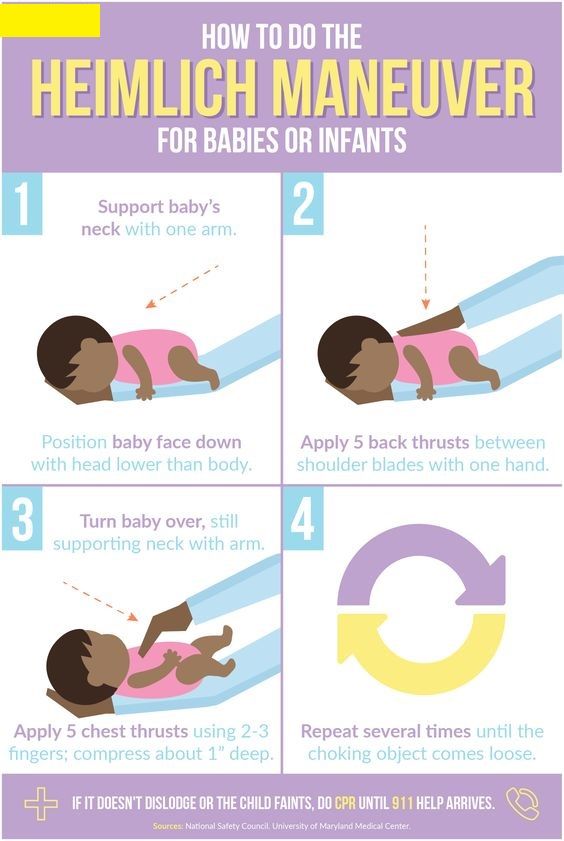
Hearing sensory system
In the first month, the newborn develops conditioned reflex reactions to sounds and already knows how to recognize the mother's voice. You can see how the child smiles when talking or stops crying when he hears a familiar voice. The external auditory canal in infants, unlike an adult, is located vertically and rather narrow, consists of cartilage tissue, which gradually ossifies.
For the first month of life, a child has the following skills :
- tries to focus on a person/object;
- notices bright objects, reacts to light;
- if you put a toy in your palm, the baby will quickly grab it and immediately release it;
- is able to distinguish the mother by the timbre of her voice and smell;
- expresses discomfort, hunger or thirst through crying;
- responds to warm, sensitive, physical contact and care.
Child's height at 1 month
According to the data of domestic pediatricians, in the first month, the growth of boys varies from 51 cm to 56 cm, for girls, the figures are less - 50-55.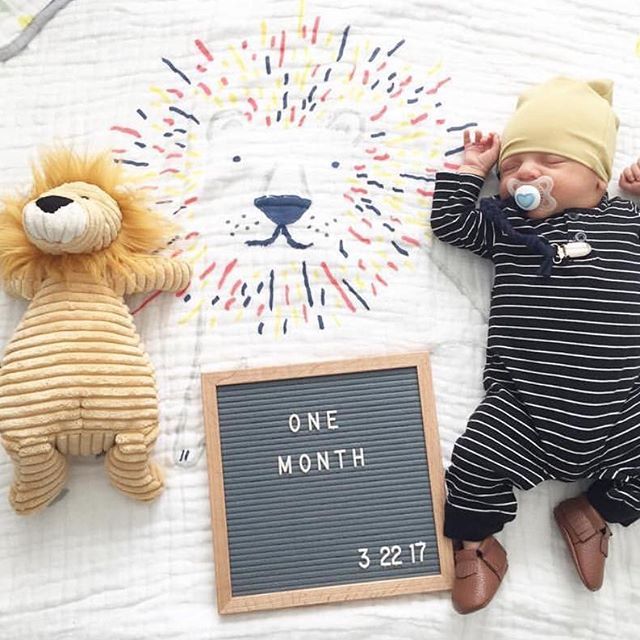 6 cm.
6 cm.
According to WHO, boys 1 month old are 50-58 cm tall, girls 49-57 cm.
The first months of a child are preparation for an independent life, not only height and weight change. Changes are observed at the physiological level: the work of the immune system starts, the skin integument thickens.
How much a child should weigh at 1 month - the norm of weight for boys and girls
The weight of the child is calculated based on the period at which he was born. In preterm birth (32 weeks), body weight does not exceed 2100 g. Newborns weighing more than 4000 g are considered as large babies. Often this weight indicates the presence of a carbohydrate disorder in the mother.
At the birth of a child at normal times, the weight in boys is from 3.5 to 5.5 kg, in girls - 3.1-5.2 kg. With normal physical development, the baby adds 100-200 g per week. On average, for 1 month of life there is an increase in weight of 600 g, then about 800 g monthly.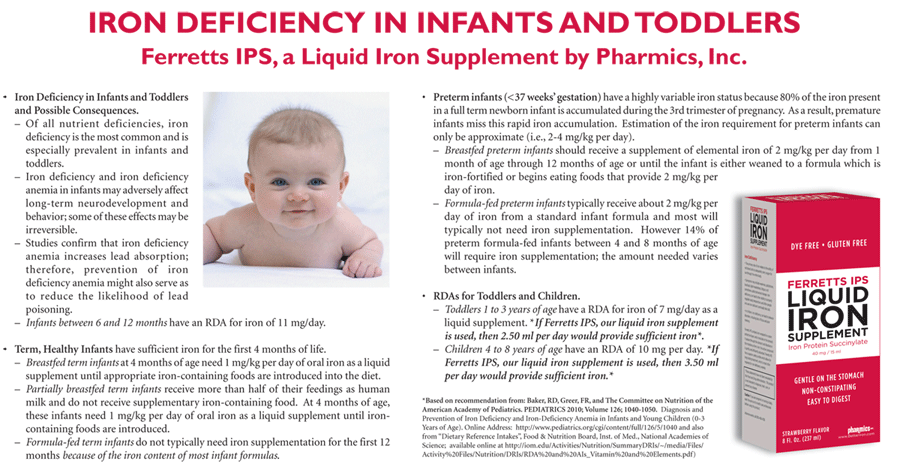
Mental development of a child at 1 month
- Starting from the third week, the newborn begins to understand how to get his way. If the mother's attention is needed, loud, prolonged screams begin. At 1 month, the child's need for social communication increases, the baby is already focused on parents. Likes to look at new faces, begins to smile in response. Surprised, amazed by new sounds.
- At this period, psychological development depends on the physical condition. Many pediatricians recommend daily light massage in the form of strokes. It is the hands of mom or dad that are preferable for a healthy baby: this allows you to establish closer contact with parents and has a positive effect on the psycho-emotional background of the newborn.[1]
- So far, the child has only two options for expressing emotions - smiling and crying. The ability to smile back develops by the end of the fourth week. A healthy atmosphere in the house contributes to the correct development of the child, conflict situations should be avoided and relations should not be sorted out in raised tones with the baby.
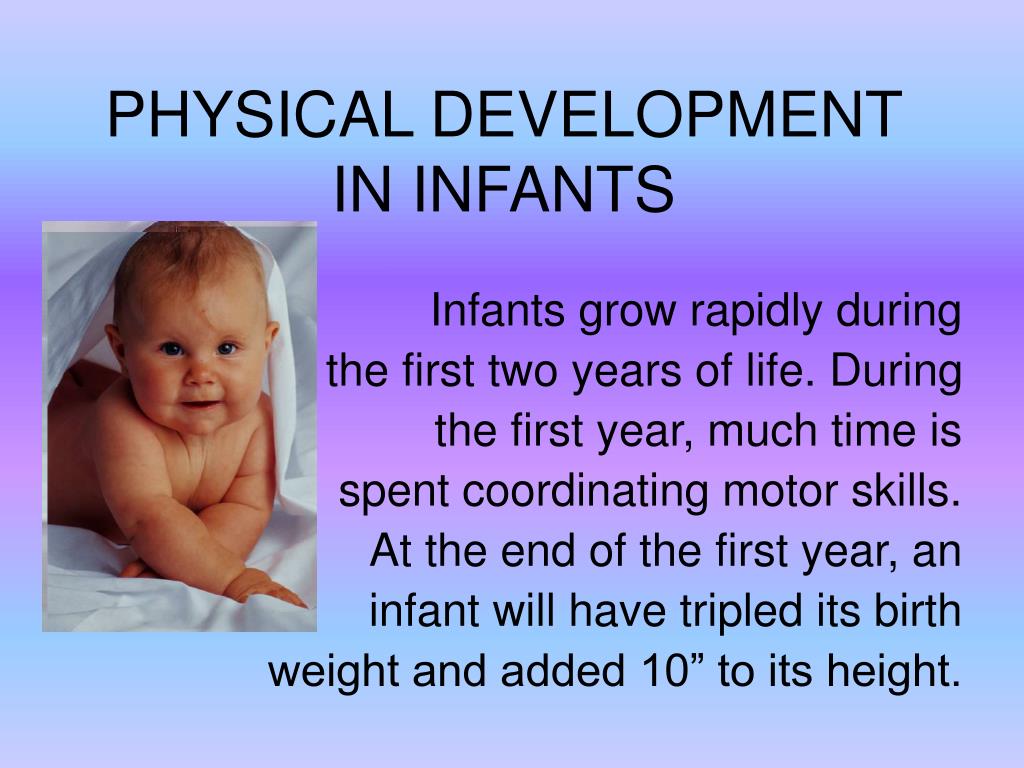
- Studies have shown that positive contact during communication with parents is more beneficial for the emotional and psychological development of the child. Experiments have been done with infants up to four months of age using both positive touch (stroking or hugging) and negative touch (pushing, pinching or tickling).
- Babies who received positive touch cried less often and smiled much more often than babies who received negative touch. It was found that newborns with negative communication experiences in infancy were more likely to experience emotional and behavioral problems in later life.
Baby care during the first month
- It is recommended to bathe a newborn daily, and use baby detergents no more than twice a week. Plain water is best for baby's skin in the first month.
- After the bath, the baby's skin should be thoroughly dried with a clean towel, without skipping wrinkles. After bathing, it is allowed to apply creams or oils intended for newborns.
 It is better not to bathe the baby immediately after feeding, when he is hungry or tired.
It is better not to bathe the baby immediately after feeding, when he is hungry or tired. - An important point in care is changing the diaper. Immediately after emptying or urinating, you need to change the diaper, this will avoid the development of a bacterial infection and inflammation. Often the process of defecation in children occurs immediately after feeding. Some babies don't respond to a full diaper, so it's worth checking it every few hours. Every time before changing a clean diaper, hygiene of the genitals of the newborn is carried out. After the skin is dried, and a cream or powder is applied to prevent irritation.
- For new parents, getting the right diaper size can be tricky as different brands have different size standards. Sizes of baby diapers are based on the weight of the baby, which should be taken into account when choosing a product.
- Childcare involves trimming nails. The procedure should be done regularly as the nail plate grows.
 For this purpose, special scissors designed for young children are used. Such a tool has increased safety and minimizes the possibility of injury.
For this purpose, special scissors designed for young children are used. Such a tool has increased safety and minimizes the possibility of injury. - If it is necessary to treat the umbilical wound, a solution of Chlorophyllipt is used at a concentration of 1%, but more often they resort to using ordinary brilliant green. The tool has an antibacterial effect, accelerates the healing process without side effects.
- When caring for a child, it is important to adhere to the correct temperature regime, it is necessary to exclude overheating and hypothermia.
- A daily walk in the fresh air is required, at least 30 minutes in the autumn-winter period and an hour or two in the summer.
- The psychological and physical development of the child largely depends on the parents. Feeding and putting to bed is not enough. Communicate with the baby, talk, turn on the music. This contributes to the development of the hearing aid, has a positive effect on the psycho-emotional background.

It is important to think through all the little things that relate to caring for a newborn. At the slightest doubt, you should contact an obstetrician-gynecologist or consult a pediatrician. Proper care is the key to a happy and healthy child[2].
Find out about the development of a child at two months at the link.
1. “The first days of life. Newborn care guide. Rylova Natalia Yurievna See also: "Pediatrics: a complete guide for parents." Larisa Anikeeva2. “The beginning of life. Your child from birth to a year. Evgeny Olegovich Komarovsky. Also here: Newborn Care. The Complete Encyclopedia for Parents. Bogomolov B. N.
4.24 29
0-3 monthsShare:
What a 1-month-old baby should be able to do - what a 1-month-old baby can do development
During the first month of life, a baby changes: it gains about 700 grams in weight, gains a few centimeters in height, the chest and head increase in volume.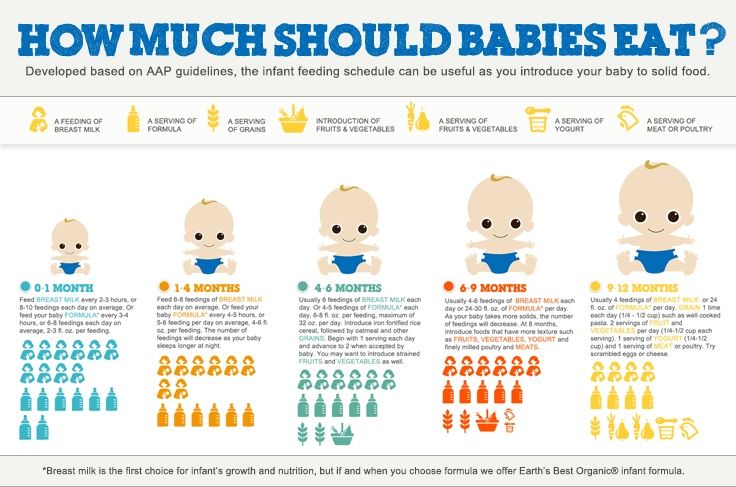 For what a child should be able to do at 1 month, while instincts and reflexes are responsible, however, the development of skills is in full swing.
For what a child should be able to do at 1 month, while instincts and reflexes are responsible, however, the development of skills is in full swing.
What monthly babies should be able to do
The development of each child is individual, however, the presence of certain skills by this age is necessary. Among them are several abilities.
- Hold your head. This skill is most noticeable while lying on your stomach. The baby's face is not stuck in the diaper, the head is slightly raised. In this position, the baby can be a few seconds.
- Get to know your mother. When she takes him in her arms and talks to him, the baby calms down, calms down and stops crying.
- Look at an object or a stationary person. The first fixation of the gaze lasts a second, but every day it becomes more and more confident. Closer to two months, the baby is already confidently following the mother's walking around the room and moving toys.
- Pronounce throat sounds similar to gurgling.
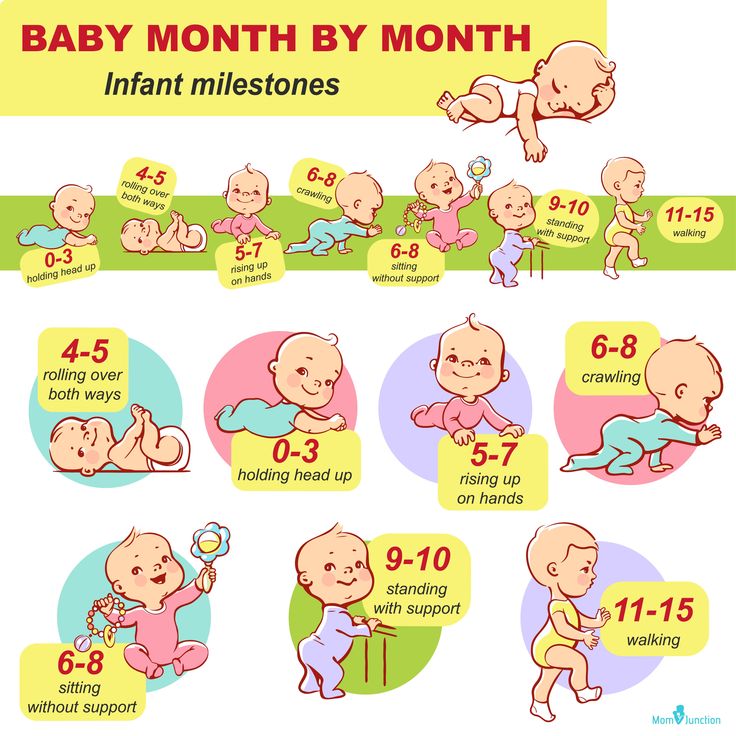 This is the beginning of cooing, when the baby first consciously experiences the speech apparatus. And while the first words are still far away, the first attempts occur already at the age of one month.
This is the beginning of cooing, when the baby first consciously experiences the speech apparatus. And while the first words are still far away, the first attempts occur already at the age of one month. - Listen for sounds. The reaction becomes more conscious, the baby is less likely to be frightened by sharp sounds, distinguishes intonations of speech. Mom's voice calms the baby, and the voices of strangers frighten and alert.
- Smile. Up to a month, the child's smile is unconscious, and basically it was noticeable only in a dream. Now he can smile at mom and dad in response to a smile or kind words.
- Respond to touch. When the baby is touched by a loved one, he rejoices and even stops crying. However, the touch of a stranger can greatly frighten him. Therefore, it is not recommended to give the child to strangers in the hands of strangers.
- Wake up and eat at the same time. At this age, children are already forming a daily routine.
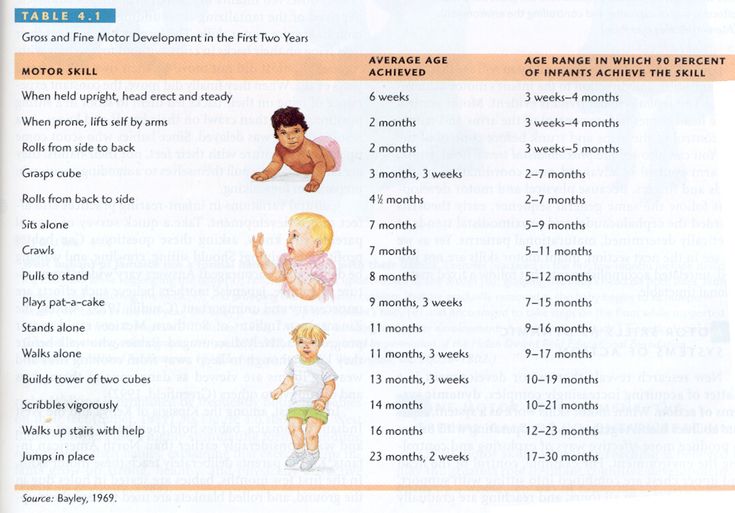 Mom can correct it, but this must be done very gently, without stress for the child.
Mom can correct it, but this must be done very gently, without stress for the child. - Lie quietly. Muscle hypertonicity at this time subsides, and most children already know how to lie relaxed. Some no longer need to be swaddled while sleeping.
- Screaming and crying. A monthly baby cries about three hours a day. This is considered the norm, since it is in this way that he can inform his mother about problems. Crying varies depending on the irritating factor - hunger, a dirty diaper, the desire to be held, sleep, etc.
Wrap bodysuit
from 590 ₽ 472 ₽
56-74 cm / 1-9 months
Jumpsuit with buttons
from 1190 ₽ 536 ₽
56-86 cm / 1-18 months
Baby cardigan
from 590 ₽ 295 ₽
56-92 cm / 1-24 months
Sliders
from 490 ₽ 392 ₽
56-86 cm / 1-18 months
Baby's reflexes by one month of life
By 1 month newborn's reflexes do not fade away, and with certain manipulations the baby's body reacts.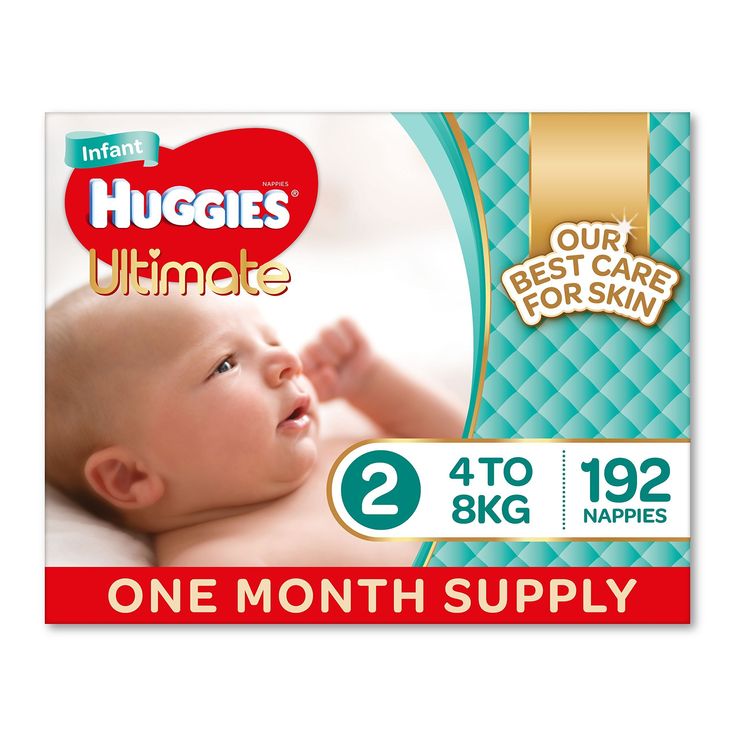 This is not always liked by the baby, but the stimulation of which reflexes helps the development of muscles and the nervous system. At this age, eight reflexes remain.
This is not always liked by the baby, but the stimulation of which reflexes helps the development of muscles and the nervous system. At this age, eight reflexes remain.
- Grasping. If you touch the palm of a child, he will grab it and squeeze it tightly.
- Search. When touched on the left cheek, the newborn turns his head to the left, when touched on the right - to the right. If you touch the chin, he will lower his head. This reflex helps to find a breast or a bottle of food.
- Suckling, if you put your fingertip around the baby's mouth, he will suck it like a pacifier. The sucking reflex also helps the baby find food.
- Moro reflex. It works if you slap on the surface on which the baby lies, 20-25 centimeters from his head on both sides. The baby will spread his arms and immediately press him to himself, as if hugging a small object. He will do about the same if he abruptly removes one of the hands that supports him.
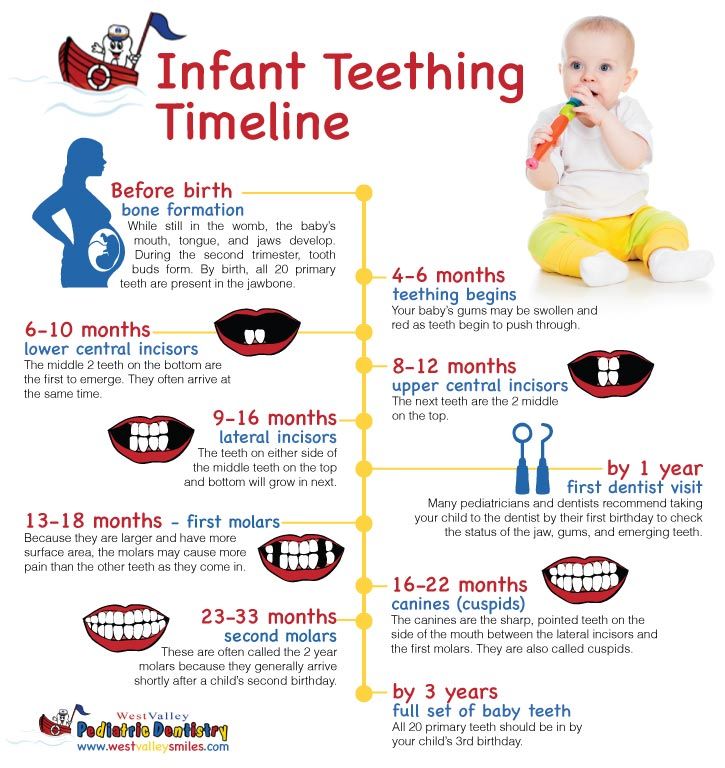
- Babinski reflex. The child's toes diverge like a fan if you stroke the arch of the foot from the outside. In this case, the foot itself is slightly retracted to the side.
- Babkin's reflex. The baby turns his head and opens his mouth when pressing on the tubercle of the palm immediately below the thumb. If you press on the right palm, it turns to the right, if on the left, then to the left.
- Reflex crawl. The baby is placed on his stomach, his legs are pressed and his palm is placed on the soles. Leaning on them, he will push off and crawl a few centimeters.
- Automatic gait. The child is held vertically by the armpits so that he rests his feet on the table or floor. When it is slightly leaned forward, the baby moves with his feet, taking steps.
What should alert the mother
It is necessary to turn to a pediatrician and a neurologist in situations where the baby is not able to:
- keep his head in a position on his stomach;
- scream;
- respond to light, touch and sound;
- smile;
- focus the gaze.
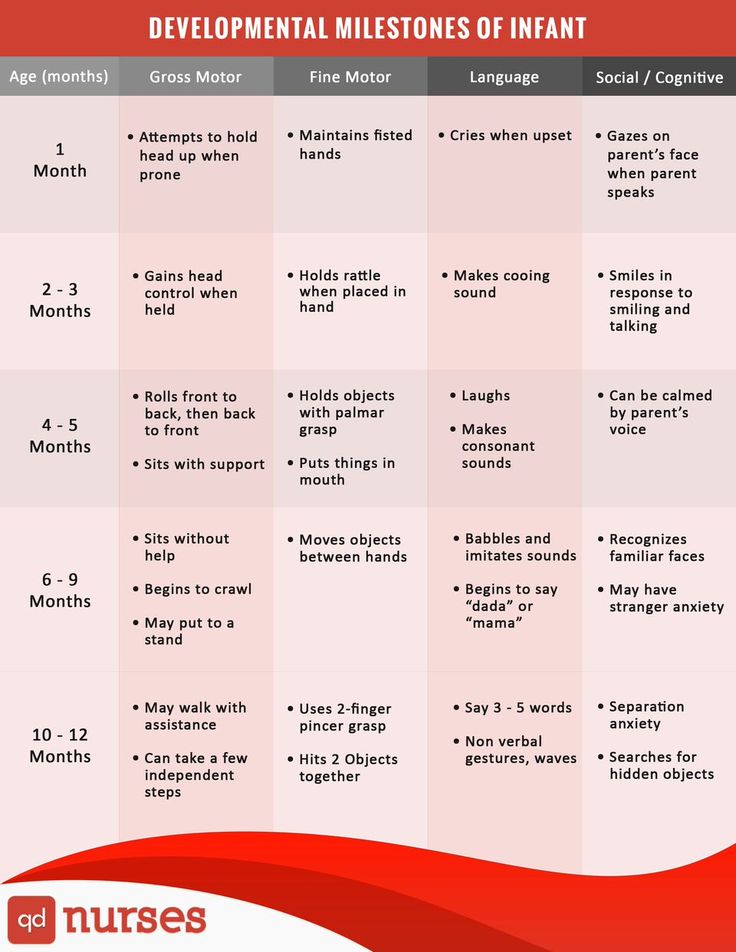
Special attention of doctors is required for children whose reflexes have faded before the term or did not appear at all. This may indicate serious lesions of the central nervous system that require immediate treatment. In most cases, pediatricians detect this defect themselves - in the maternity hospital or during a routine examination.
The daily routine of a month-old baby
The sleep of a month-old baby lasts 16-20 hours a day. Most children sleep restlessly and wake up every 2-4 hours. Possible causes of awakenings during nighttime and daytime sleep are indicated in the table.
| Reason for awakening | What to do |
| Hunger | Babies at this age always wake up for night feedings. |
| Colic | Hold the baby upright for 5-7 minutes, put it on your back and massage your tummy in a circular motion. |
| Wet diaper | Remove the diaper, wash the baby under warm running water and put on a clean diaper. |
| Changing background sound | Babies wake up not only from the appearance of sounds, but also from their abrupt cessation. |
| Limb movements | Swaddle your baby at bedtime. |
| Cold | Swaddle or secure his blanket with safety clothespins to the mattress. |
The feeding schedule is determined individually. In children who are breastfed, the number of feedings per day can reach up to 10-12.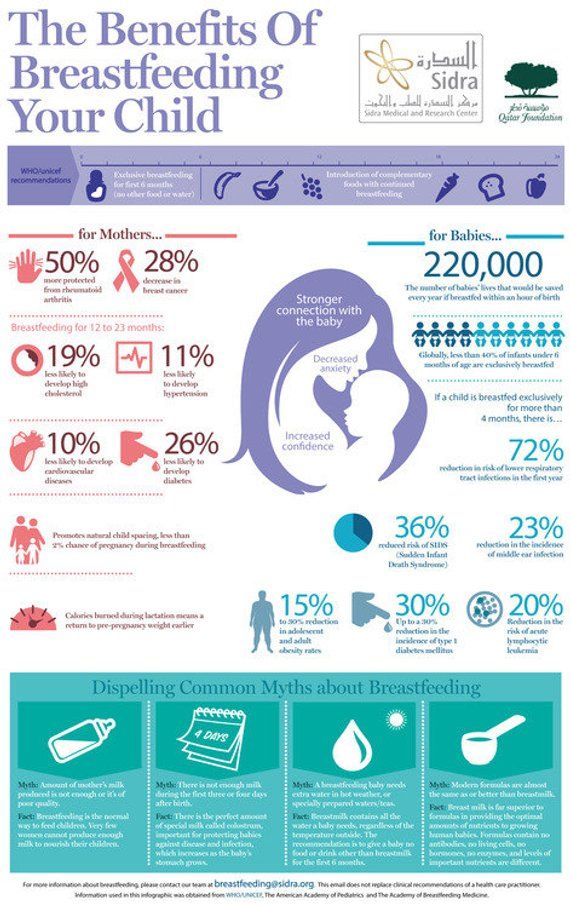 This is especially noticeable when the mother has little milk, and the child has to eat fractionally. Artificers eat on average once every three hours, which is 8 feedings per day. In any case, the baby does not experience a lack of food, as it is perfectly able to declare hunger.
This is especially noticeable when the mother has little milk, and the child has to eat fractionally. Artificers eat on average once every three hours, which is 8 feedings per day. In any case, the baby does not experience a lack of food, as it is perfectly able to declare hunger.
The mode of walking is changeable and depends on the weather. In the warm season, in the absence of extreme heat and rain, you can walk for two hours a day or more. In the cold season, it is enough for a one-month-old baby to breathe fresh air for 10-15 minutes. In rain and severe frost, it is better to exclude walks, replacing sleeping with an open window in warm clothes and staying on the balcony for several minutes a day.
How to develop a baby in a month
If the baby does not want to hold his head, stimulate this skill. Put it on your stomach and slowly lift it up. Keep an eye on the head, if it does not rise with the body, lower the child to the surface. Most children raise their heads to look around from a new position.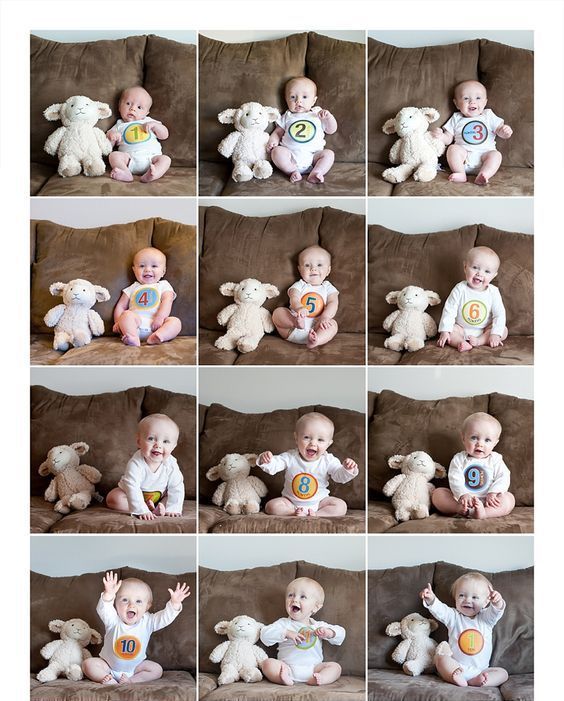
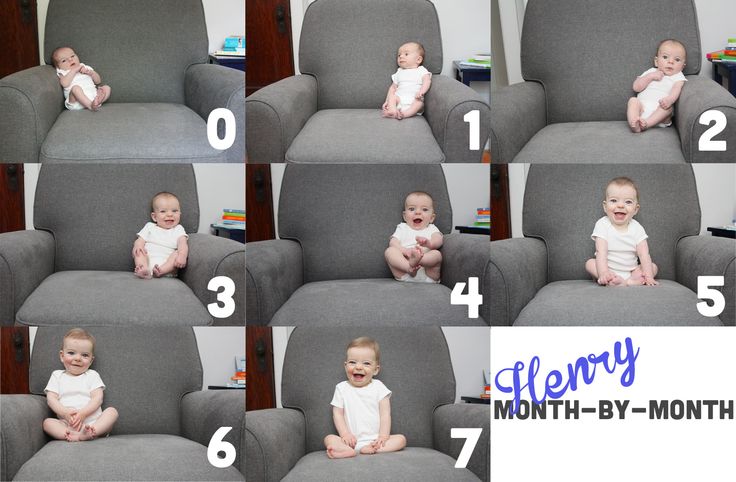 Give your baby a bottle or a breast and he will sleep peacefully again.
Give your baby a bottle or a breast and he will sleep peacefully again. 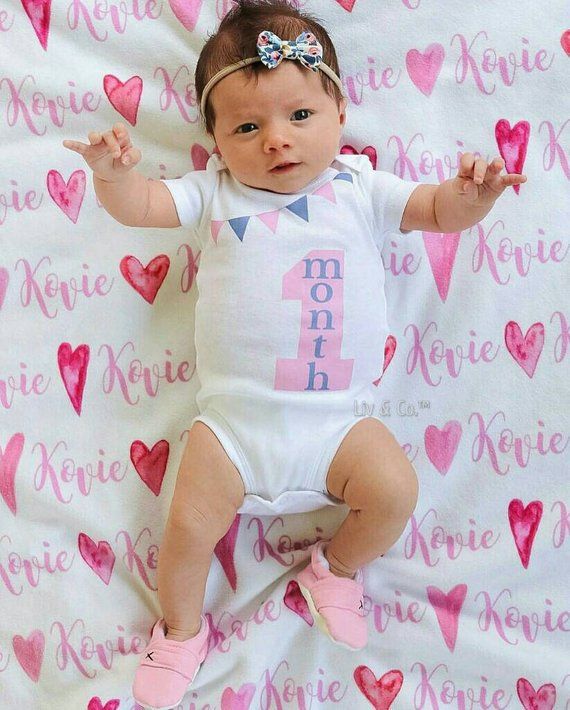 Turn on soft music or the radio in your baby's room so the street noise doesn't disturb your baby's sleep. Try to keep the music going throughout the night.
Turn on soft music or the radio in your baby's room so the street noise doesn't disturb your baby's sleep. Try to keep the music going throughout the night. 